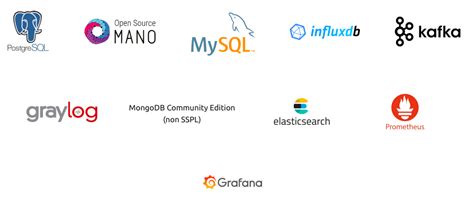In recent developments, Canonical has unveiled its ‘distroless’ Linux images, a game-changing step for enterprise-level containerization strategies. This approach, which strips down containers to the bare essentials required to run applications, aims to address longstanding issues of security and efficiency in large-scale deployments. Distroless images are designed to eliminate extraneous components typically found in traditional distributions, leaving only what’s indispensable for the application. This paradigm shift has been greeted with both enthusiasm and skepticism within the developer community.
One of the primary advantages of distroless containers is the significantly reduced attack surface. By removing unnecessary components such as package managers, shells, and libraries not required for a specific application, these images minimize potential vulnerabilities. A comment by a user named ‘eirik_’ highlights the core idea: ‘Since distroless containers lack various tools, other techniques must be used for troubleshooting and debugging.’ This shift necessitates a more disciplined approach to container deployment and maintenance but promises substantial benefits in security. Canonical’s commitment to maintaining up-to-date security patches for these stripped-down images could further assure enterprises wary of potential risks.
Despite the advantages, some developers are concerned about the term ‘distroless’ itself. As one user, ‘jrm4’, pointed out, the term can be seen as misleading because it implies a complete absence of a distribution. However, as ‘kelnos’ elucidates, the idea behind distroless images is to provide a minimal set of software and libraries necessary to run a particular binary, without the usual features of a full distribution. For instance, Google’s implementation of distroless containers includes only critical components like ca-certificates and glibc, which ensures operational minimalism and efficiency.
Another significant aspect of Canonical’s offering is its long-term support (LTS) promise, extending up to 12 years. This long-term support contrasts sharply with Google’s distroless images, which, as ‘newman314’ points out, often face criticism for their lack of timely updates, particularly concerning security. Enterprises with long deployment cycles and strict compliance requirements will find Canonical’s approach particularly beneficial. Frequent updates and maintenance of critical AI/ML libraries and tools, as mentioned by ‘superkuh’, underscore Canonical’s commitment to serving enterprise needs.
However, the distroless approach is not without its challenges. ‘bigstrat2003’ voices a common concern about troubleshooting: ‘People already go way too far with stripping container images, and it’s awful for troubleshooting.’ The absence of conventional tools means developers need to be well-versed in alternative debugging techniques, such as using nsenter to interact with the container. This added complexity requires a robust development process and in-depth understanding of the deployed environment.
In conclusion, Canonical’s move towards distroless container images signifies a noteworthy evolution in the realm of enterprise container management. As with any significant shift, it brings both benefits and challenges. The distroless model promises enhanced security, maintenance simplicity, and operational efficiency. Enterprises looking to deploy containerized applications can benefit from Canonical’s long-term support while ensuring their deployments remain streamlined and secure. As the community continues to experiment and adapt, the true impact of these distroless images will become more apparent, potentially setting a new standard in containerized application deployments.


Leave a Reply